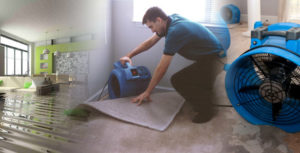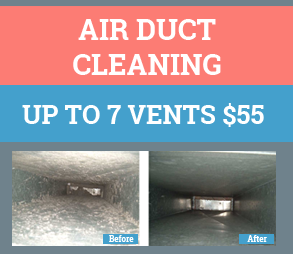 If there is a phrase that scares homeowners, it is water damage. We all know what water damage entails, but few of us if any have lived through this most unfortunate event. The mess that comes with leaky roofs and burst pipes can be costly to clean up and may inflict damage to several of your assets and surfaces. Because of this, it is imperative that you know about water damage, the common causes, repair costs, and safety tips to prevent the occurrence water damage incidences.
If there is a phrase that scares homeowners, it is water damage. We all know what water damage entails, but few of us if any have lived through this most unfortunate event. The mess that comes with leaky roofs and burst pipes can be costly to clean up and may inflict damage to several of your assets and surfaces. Because of this, it is imperative that you know about water damage, the common causes, repair costs, and safety tips to prevent the occurrence water damage incidences.
Causes of Water Damage and the Restoration Process
Water damage is commonly caused by burst pipes, floods, leaky roofs, failed toilet or bathtub seal, broken sump pump, failed gutters and downspouts, broken irrigation systems, foundation malfunction, and blocked drainage pipe. Incidences of standing water can also cause damage.
Whenever water damage occurs, the first step to repair such damage is to remove all the water. More likely than not, this exercise will involve the usage of a pump as well as other tools to remove the water from the areas of flood. Once the water is removed, the water restoration experts use special dryers to dry up the areas which are dump as fast as possible. This is necessary to prevent the growth of mold which begins quickly following the initial damage.
When the area being treated is completely dried out, the company in charge of the restoration will then confirm by inspecting all the walls on the extent of damage. In most instances, need arises to replace the insulation and the drywall.
At the end of the process, the professionals will check for foundation damage to ensure the water didn’t affect the structural integrity of your home.
Preventing Water Damage
Water damage as we have seen above may be occasioned by failed sump pumps or historical storms for which we have no control. However, there are certain precautionary steps which you can take as the homeowner to prevent cases of water damage. Some of these steps include:
- Cleaning the gutters and ensuring they are free from all debris
- Identify and seal cracks in the foundation of your home
- Position downspouts such that they face away from the foundation
- Install well covers for your windows
- Ensure pipes are out of sub-freezing temperatures
- Allow water to drip continuously from the faucet during summer
- Seal cracks around your home
- Check on the integrity of your roofing system from time to time
The costs to repair water damage vary depending on the extent of the damage. However, estimators from the disaster recovery field estimate the cost of removing standing water at $2,000 and the cost to repair a home damaged by water at $1,796. The longer the water remains pooled in your home, the more extensive and expensive your repairs will be.





 August 29th, 2017
August 29th, 2017  steve
steve  Posted in
Posted in 
